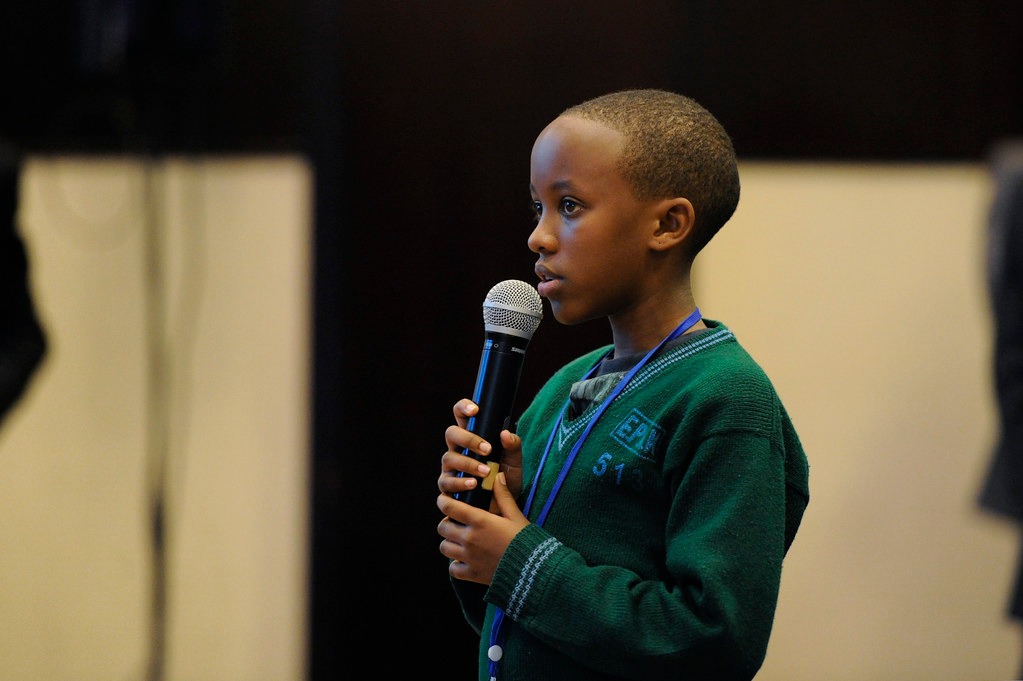Selective Mutism can have a significant impact on a child’s social and academic development. It can cause significant distress for both the child and their family. However, Cognitive Behavioral Therapy (CBT) is a promising treatment approach for Selective Mutism that has been shown to be effective in helping children. In this blog, we will explore the different types of CBT for Selective Mutism, its working, and how seeking help from a qualified therapist can make a significant difference in a child’s life.
Contents
What Is Selective Mutism?
 Selective Mutism is an anxiety disorder that primarily affects children, causing them to be unable to speak in certain situations or to certain people, despite being able to communicate effectively in other settings. Children with this disorder may appear shy or avoidant. But, their silence is not due to a lack of knowledge or understanding of language. The condition can impact a child’s overall social and academic development. Early intervention through therapy and support is crucial for helping them overcome their difficulties with speaking.
Selective Mutism is an anxiety disorder that primarily affects children, causing them to be unable to speak in certain situations or to certain people, despite being able to communicate effectively in other settings. Children with this disorder may appear shy or avoidant. But, their silence is not due to a lack of knowledge or understanding of language. The condition can impact a child’s overall social and academic development. Early intervention through therapy and support is crucial for helping them overcome their difficulties with speaking.
Is CBT Effective For Selective Mutism?
Yes, Cognitive Behavioral Therapy (CBT) has been found to be effective in treating Selective Mutism. CBT focuses on identifying and challenging negative thought patterns and beliefs that may be contributing to the child’s anxiety and avoidance behaviors. It also includes exposure therapy, gradually exposing the child to the feared situation or person in a safe and supportive environment, helping them to overcome their fear and eventually speak freely.
Process Of CBT For Selective Mutism
Given below is the detailed explanation about how CBT works for Selective Mutism:
Assessment
The therapist will conduct a comprehensive assessment to gather information about the child’s symptoms, developmental history, and family dynamics. This information will help the therapist create a treatment plan tailored to the child’s needs.
Psychoeducation
The therapist will educate the child and their family about Selective Mutism and the principles of CBT. This includes teaching the child about the connection between thoughts, feelings, and behaviors, and how negative thinking patterns can contribute to anxiety and avoidance behaviors.
Cognitive Restructuring
The therapist will work with the child to identify and challenge negative thoughts and beliefs that contribute to their anxiety and avoidance behaviors. This involves teaching the child how to recognize and reframe negative thoughts, and to replace them with more positive and realistic thoughts.
Gradual Exposure
The therapist will gradually expose the child to situations or people that trigger their anxiety and encourage them to practice speaking in a supportive environment. This exposure will be done in a step-by-step manner, starting with less challenging situations and gradually building up to more difficult ones.
Maintenance
The therapist will work with the child and their family to maintain progress and prevent relapse. This may involve ongoing therapy sessions, regular check-ins, and the development of coping strategies and skills to help the child manage their anxiety and continue to progress.
Types Of CBT For Selective Mutism
Here are the types of Cognitive Behavioral Therapy (CBT) commonly used for Selective Mutism:
Behavioral CBT

This type of therapy focuses on changing specific behaviors, such as speaking in social situations. The therapist will use techniques such as exposure therapy and positive reinforcement. The main idea behind this therapy is to make the surroundings comfortable for the child. This can encourage the child to gradually overcome their anxiety and practice speaking in different social situations.
Cognitive CBT
This type of therapy focuses on identifying and changing negative thought patterns and beliefs that contribute to the child’s anxiety and avoidance behaviors. The therapist will work with the child to challenge negative thoughts and develop more positive and realistic ways of thinking. Positive thought patterns will build up confidence and optimism in the child.
Integrated CBT
This approach combines elements of both behavioral and cognitive CBT. The therapist will use a combination of exposure therapy and cognitive restructuring to help the child overcome their anxiety and develop more effective coping strategies. This therapy will focus on the external surroundings of the child as well as the inner thoughts.
Family-Based CBT
Family based CBT is very essential, especially for children. This is because family plays a major role in shaping the behavior of the child. This approach involves working with the child and their family to develop effective communication strategies and improve family dynamics. The therapist will work with the family to identify ways to support the child in overcoming their anxiety and practicing speaking in social situations.
Group CBT

This type of therapy involves working with a small group of children who have Selective Mutism. The group setting can provide a supportive environment for the children to practice speaking and develop social skills, while also providing opportunities for peer support and feedback. The therapist collectively works with a group of children and sets up open discussion. This helps to develop confidence in children.
Benefits Of CBT For Selective Mutism
Here are some benefits of Cognitive Behavioral Therapy (CBT) for Selective Mutism:
- Improved Speaking Abilities: CBT for Selective Mutism can help children overcome their anxiety and develop the confidence and skills needed to speak in social situations. This can improve their ability to communicate with others and participate more fully in social and academic activities.
- Reduced Anxiety: CBT can help children learn how to manage their anxiety and develop effective coping strategies. This can teach them to think and feel positive in every situation.
- Increased Self-Esteem: Overcoming Selective Mutism can help children develop a sense of accomplishment and self-esteem. This can help them to perform better in school as well.
- Improved Social Skills: CBT can help children develop social skills and learn how to interact more effectively with others. This can improve their relationships with peers, family members, and others.
- Long-Term Benefits: CBT can provide children with skills and strategies they can use throughout their life. This can have long-term benefits for their personal and professional relationships.
Conclusion
In conclusion, Cognitive Behavioral Therapy (CBT) is a promising treatment approach for children with Selective Mutism. By helping children overcome their anxiety and develop effective coping strategies, CBT can improve their ability to speak in social situations, reduce their overall level of anxiety, and improve their quality of life. Whether a child is experiencing mild or severe symptoms of Selective Mutism, seeking help from a qualified therapist who specializes in treating this condition can make a significant difference in their ability to communicate and participate fully in social and academic activities.
For more information, please contact MantraCare. Anxiety is a common mental health condition characterized by persistent feelings of worry, fear, and apprehension. If you have any queries regarding Online Anxiety Counseling experienced therapists at MantraCare can help: Book a trial Anxiety therapy session.


